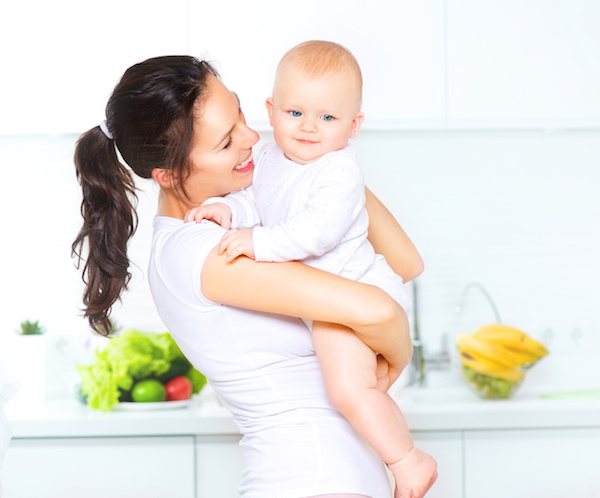THURSDAY, Dec. 24, 2015 (HealthDay News) — Although toys bring joy to many kids on Christmas morning, about 252,000 children were treated in U.S. emergency rooms for toy-related injuries last year, according to the Consumer Product Safety Commission.
“That’s a large number of potentially avoidable injuries. Children should be enjoying their time with toys, not be placed in jeopardy,” Dr. Natalie Lane, medical director of the emergency department at Children’s Hospital of Georgia, said in a hospital news release.
Seventy percent of those cases involved children 12 and younger, according to the CPSC.
Parents should choose holiday toys with care and heed safety guidelines from the American Academy of Pediatrics. For instance:
- Choose toys that match a child’s age, abilities, skills and interest level. Giving younger children toys that are too advanced for them may put them at risk. Also, before buying or allowing a child to use a new toy, read the instructions carefully.
- If children get a new bike, skateboard, scooter or other riding items, make sure they also get a helmet.
- To reduce the risk of burns and electrical shocks, don’t buy plug-in electrical devices or toys for kids younger than 10.
- Don’t give young children toys with pull strings longer than 12 inches because of the risk of strangulation. Also, remove tags, strings and ribbons from toys for children younger than 8. Be aware that young children can also choke on small parts in toys or games or suffocate on uninflated or broken balloons.
- Watch out for button batteries and powerful magnets, which can cause serious stomach and intestinal problems — even death — if swallowed by children. Besides toys, these batteries and magnets are also used in remote controls, musical greeting cards and other small electronic devices. If a child swallows a button battery or magnet, seek immediate medical help, Lane said.
- Supervise play and store toys in a designated location, with older children’s toys out of the reach of little kids. Use a toy box with no lid or a lightweight, non-locking lid and ventilation holes.
More information
The U.S. Consumer Product Safety Commission has more about toy safety.
Copyright © 2025 HealthDay. All rights reserved.

